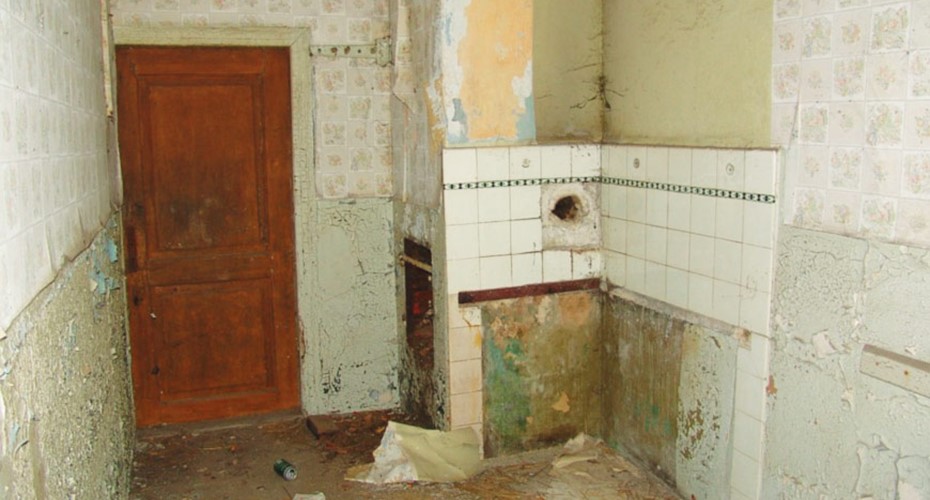What to Make of "Leaky Building" Syndrome


Post by John Bolton - Squirrel Founder
As a first time buyer, you should be very wary of purchasing a monolithic/stucco-clad home which has been built in the last 15 or so years. The property market has become littered with homes which are suffering from “leaky building syndrome” and we are certain there will be many more which will surface over the next few years. The cost of repairing and re-cladding these properties can range from $100,000 for a small terraced-style townhouse to $300,000 or more to re-clad and repair a standalone two-storey, three- or four-bedroom townhouse.
Our team of valuers at Prendos see our building consultants dealing with these issues all the time. Not only is there a huge cost in financial resources, but the strain and stress on individuals, partners and relationships is enormous. We have seen numerous instances of parties buying a new or near-new home, only to find after two or three years the building or complex is leaking. They are then faced with a daunting repair bill on top of the existing hefty mortgage. The recovery process to seek reimbursement from the original builder, developer or other associated parties is very lengthy and stressful – and never results in a full recovery of funds.
We have also seen some foolish people buy a leaky home or unit looking for a cheap repair and 'do-up' and capital gain. The truth is that the cost to repair is grossly underestimated. Based on this underestimation, leaky homes needing repair often sell for more than they should. Even experienced builders fall into this trap. Our advice is buy something safer; don't play on minefields. Properties at most risk are those built from the early 1990s through to 2003, after which more stringent building practices and codes were employed to "stop the rot". Characteristics of an at-risk property include:
- A monolithic/stucco-clad property which lacks a ventilated cavity.
- A property built over a number of levels with complex architectural details.
- Homes which have small eaves or no eaves at all
- Parapets or flat roofs
- Homes with attached balconies, tiled roof decks and similar
- Mediterranean-style homes
- Multi-unit complexes (of which 75% to 80% feature monolithic cladding)
Properties with these characteristics should be given a very thorough building inspection by a specialist in the leaky building field. Even then, without undertaking destructive testing there can still be some uncertainty as to whether a building is leaking or not.
Because of these leaky building issues, the buying public is now treating monolithic-clad property with much greater caution, resulting in the saleability of stucco homes now being reduced. Many real estate agents simply do not even want to market a stucco home as there is a risk it may fail a building report after they have negotiated an initial agreement. In support of this, a recent study by Dr Michael Rehm (2009) at the Auckland University has found that monolithic-clad homes are showing a discount in value over conventional homes (clad in weatherboard or brick) by 5% for single family homes and by up to 10% on multi-unit dwellings. According to Dr Rehm, much of this stigma has been generated by the nationwide media coverage of the leaky building syndrome. Stigma exists, regardless of whether or not a monolithic-clad home has a history of problems. Before leaky building stigma became synonymous with monolithic-clad houses, stucco homes enjoyed a premium value over other cladding systems (weatherboard, brick, fibrocement etc). But by 2003, following the release of the Hunn report, the premium disappeared. In a stressed market (ie, a recessionary market or poor economic climate) the stigma effect will be compounded as home buyers will be less willing to offer premiums for features like attractive monolithic cladding.
Receive updates on the housing market, interest rates and the economy. No spam, we promise.
The opinions expressed in this article should not be taken as financial advice, or a recommendation of any financial product. Squirrel shall not be liable or responsible for any information, omissions, or errors present. Any commentary provided are the personal views of the author and are not necessarily representative of the views and opinions of Squirrel. We recommend seeking professional investment and/or mortgage advice before taking any action.
To view our disclosure statements and other legal information, please visit our Legal Agreements page here.

